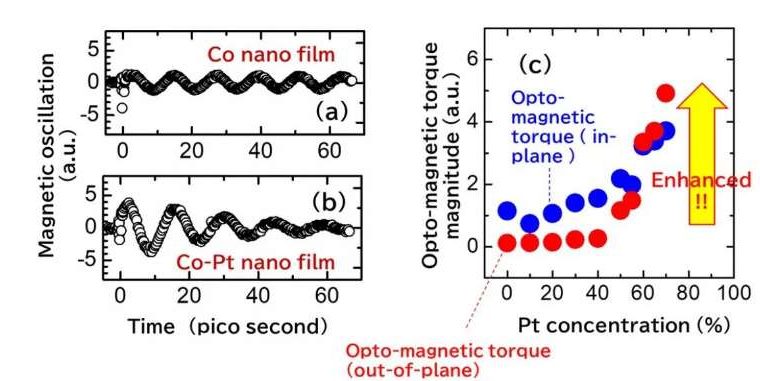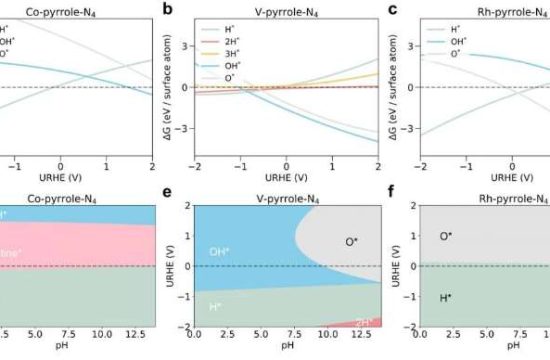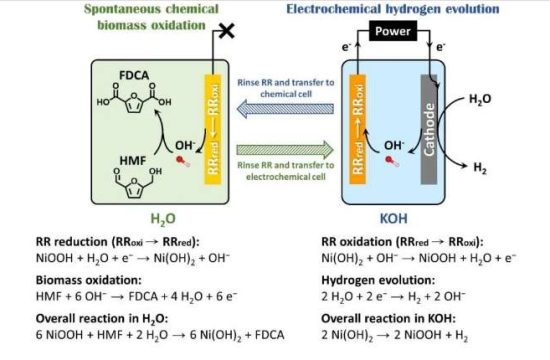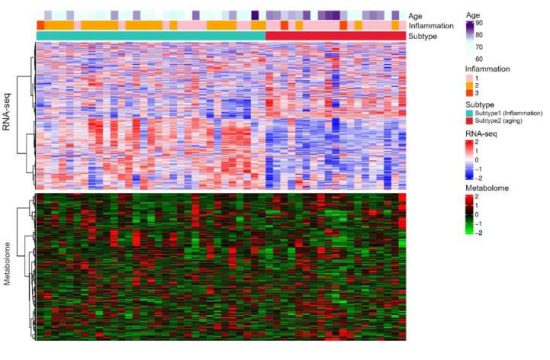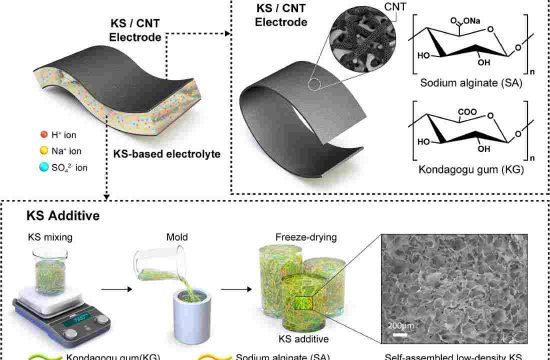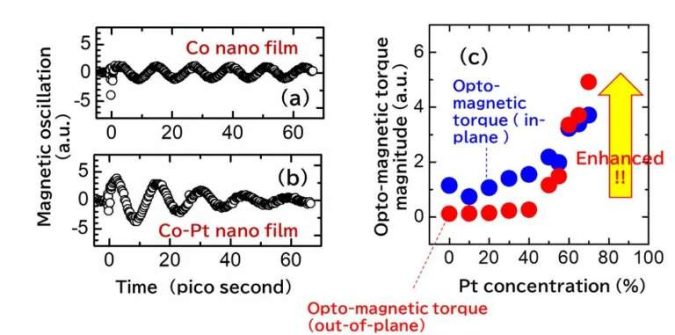
Researchers at Tohoku University have achieved a significant advancement in opto-magnetic technology, observing an opto-magnetic torque approximately five times more efficient than in conventional magnets. This breakthrough, led by Mr. Koki Nukui, Assistant Professor Satoshi Iihama, and Professor Shigemi Mizukami, has far-reaching implications for the development of light-based spin memory and storage technologies.
Opto-magnetic torque is a method that can generate force on magnets. This can be used to change the direction of magnets by light more efficiently. By creating alloy nanofilms with up to 70% platinum dissolved in cobalt, the team discovered that the unique relativistic quantum mechanical effects of platinum significantly boosts the magnetic torque. The study revealed that the enhancement of opto-magnetic torque was attributed to the electron orbital angular momentum generated by circularly polarized light and relativistic quantum mechanical effects.
This achievement allows for the same opto-magnetic effect to be produced with only one-fifth of the previous light intensity, paving the way for more energy-efficient opto-magnetic devices. The findings not only provide new insights into the physics of electron orbital angular momentum in metallic magnetic materials but also contribute to the development of high-efficiency spin memory and storage technologies that use light to write information.
“These improvements could result in faster and more energy-efficient devices in the future,” explains Mizukami.
The research aligns with the growing interest in opto-electronic fusion technologies, combining electronic and optical technologies for next-generation applications. This discovery marks a significant step forward in controlling nanomagnetic materials using light and magnetism.
These findings were published in Physical Review Letters on January 2, 2025.


